
Milena Gutierrez walks among the shadeless trees of the dry forest in Santa Rosa National Park. When she was a child, she thought this leafless forest was dead but when she was older, she understood that it was “living on the bare minimum” to wake up with the first rains. She tells this while the trees are recovering their greenness, as if they had been under a spell.
These images are part of the documentary series “Costa Rica, The Rise of Nature,’ a European production that is being broadcast by Nat Geo Latin America. The first episodes aired on June 11 and 18. The last one was presented last Saturday, June 25, at 8 p.m.
Milena has a leading role in the first episode, which is entirely dedicated to the Guanacaste Conservation Area (ACG for the Spanish acronym). She’s now a forestry engineer and, during filming, she was head of the ACG’s Restoration and Forestry Program.
The director of the documentary series is Luis Miranda and the producer is Sara Miranda. Luis is a Costa Rican living in France.
In 2019, Arte, a French-German cultural channel, contacted them to propose a documentary about nature in Costa Rica. So both of them came to Costa Rica on an exploratory tour and visited the ACG to talk with those who study wildlife in the province.
“That’s when we began to realize that the ecological story of Costa Rica that we could tell was much broader and more interesting than simply a documentary about the beauty of the national parks,” explained Luis.
They returned to Europe with all the learning from that first tour and proposed doing not just one documentary, as they had originally thought, but a series of three episodes.
“[The documentary] talks about the natural beauty of Costa Rica but also about its natural history and its challenges,” added the director.
A Trip Around the World
The documentary series was released for the first time in European countries during the 2020 Christmas season. In total, it has been shown in more than 40 countries.
An English company called Off The Fence is in charge of distributing the series internationally. The company won an Oscar for the best documentary of 2020 for My Octopus Teacher.
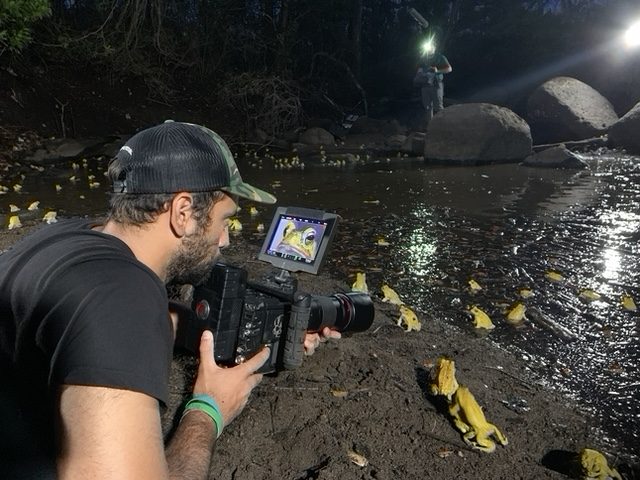
Yellow Toad – These brown toads change their color to phosphorescent yellow during the rainy season to impress the females to attract them for mating. Photo: Bamboo DocPhoto: Bamboo Doc
One of the latest to integrate the documentary series into its programming is Nat Geo.
The first episode is a “portrait of the forest” during the dry and rainy seasons, explained Luis. To produce it, they filmed biologists, parataxonomists and forest firefighters who watch over the largest remaining dry forests in all of Mesoamerica.
The second episode was filmed in the ACG and in the Corcovado National Park, in the Southern Pacific region. It’s an expedition in search of an endangered species: the white-lipped peccary or wild pig.
The third and final episode is focused on marine life and shark fishing, a conservation challenge in the oceans.
60 Minutes, 36 Years
For Milena Gutierrez, it’s a huge challenge to summarize the conservation area’s entire history in one hour, which is the time dedicated to each episode. That’s why the episode focuses on their greatest achievement: recovering the forest.
For centuries, the lands that are now part of the ACG were large cattle ranches where the forest was fragmented and deteriorated but always had the possibility of recovery.
In the 70s, in this landscape, they implemented a restoration program in the areas that hadn’t yet managed to start that natural regeneration process.
“It’s very important that this effort can be replicated in other societies, because it’s easier with case studies. People see that it was successful around here [and they think] “why can’t I do it?” the forestry engineer emphasized.
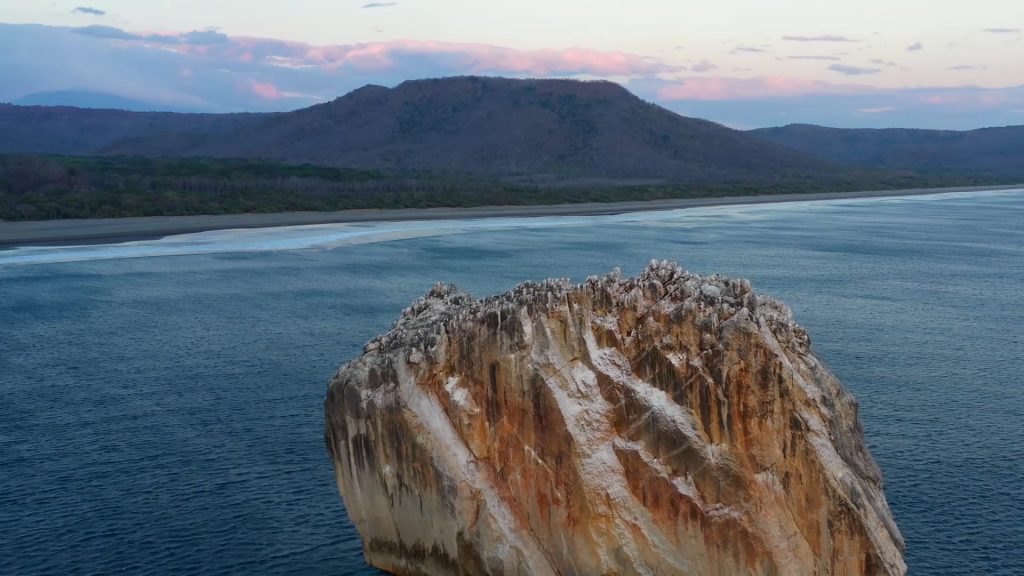
Playa Naranjo, Santa Rosa National Park. Photo: Bamboo Doc
To Luis Miranda, the ACG’s message for the world is one of hope. That was what he tried to spread with his documentary.
“What the ACG’s history tells us is that something can be recovered. Maybe not identical to what was there, maybe in a different form, but life can come back,” he explained.
Nature In Their Own Words
One point that Luis highlighted about the series is that Costa Rican professionals held most of the positions within the production. According to him, this is usually not the norm.
The director claimed that TV crews that come to Costa Rica are made up of photographers, artistic and technical teams from abroad, and Costa Rica is just used as the backdrop.
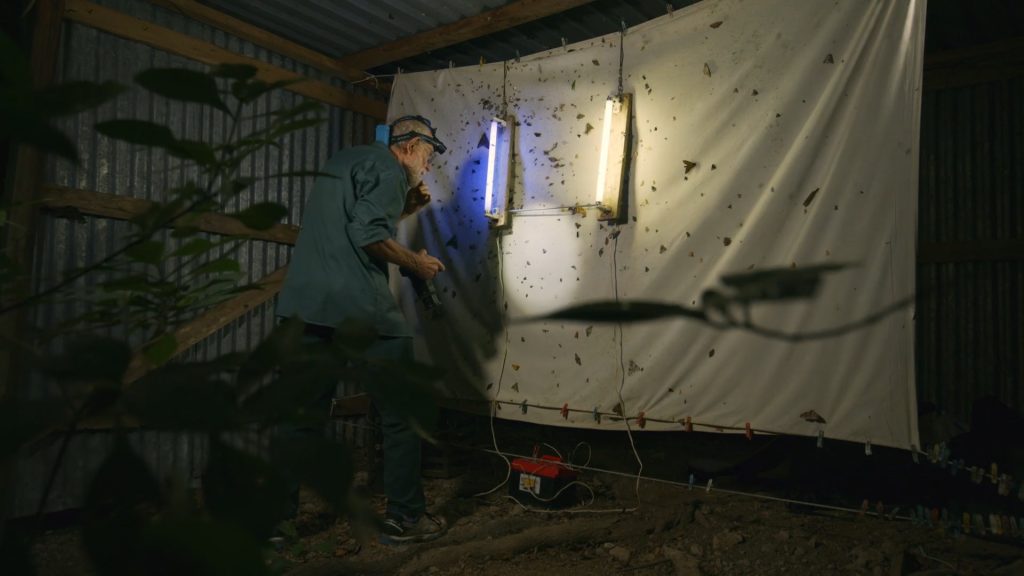
Biologist Daniel Janzen researches insects. He and his colleague and wife, Winnie Hallwachs, proposed restoring Santa Rosa’s dry forest more than 35 years ago. Photo: Bamboo DocPhoto: Bamboo Doc
One Costa Rican who took part in the production was wildlife photographer and videographer Alonso Sanchez.
To him, the important thing about this documentary was giving recognition to and providing a megaphone to people who work to protect and study biodiversity, like Milena Gutierrez.
“I never thought that my work could be attractive to other people,” Gutierrez commented. “Allowing the person living it day to day to tell the story I think makes a big difference,” she added.
Alonso, the photographer, celebrates the fact that the work of Milena and other people in Guanacaste has become part of Nat Geo’s programming. He dreams of a national channel focused on producing material that transmits environmental education and disseminates research focused on science and conservation.
“Tourism depends a lot on biology and wildlife. What the researchers who carry out all these projects and who have all this knowledge most need is for it to be spread,” Sanchez concluded.


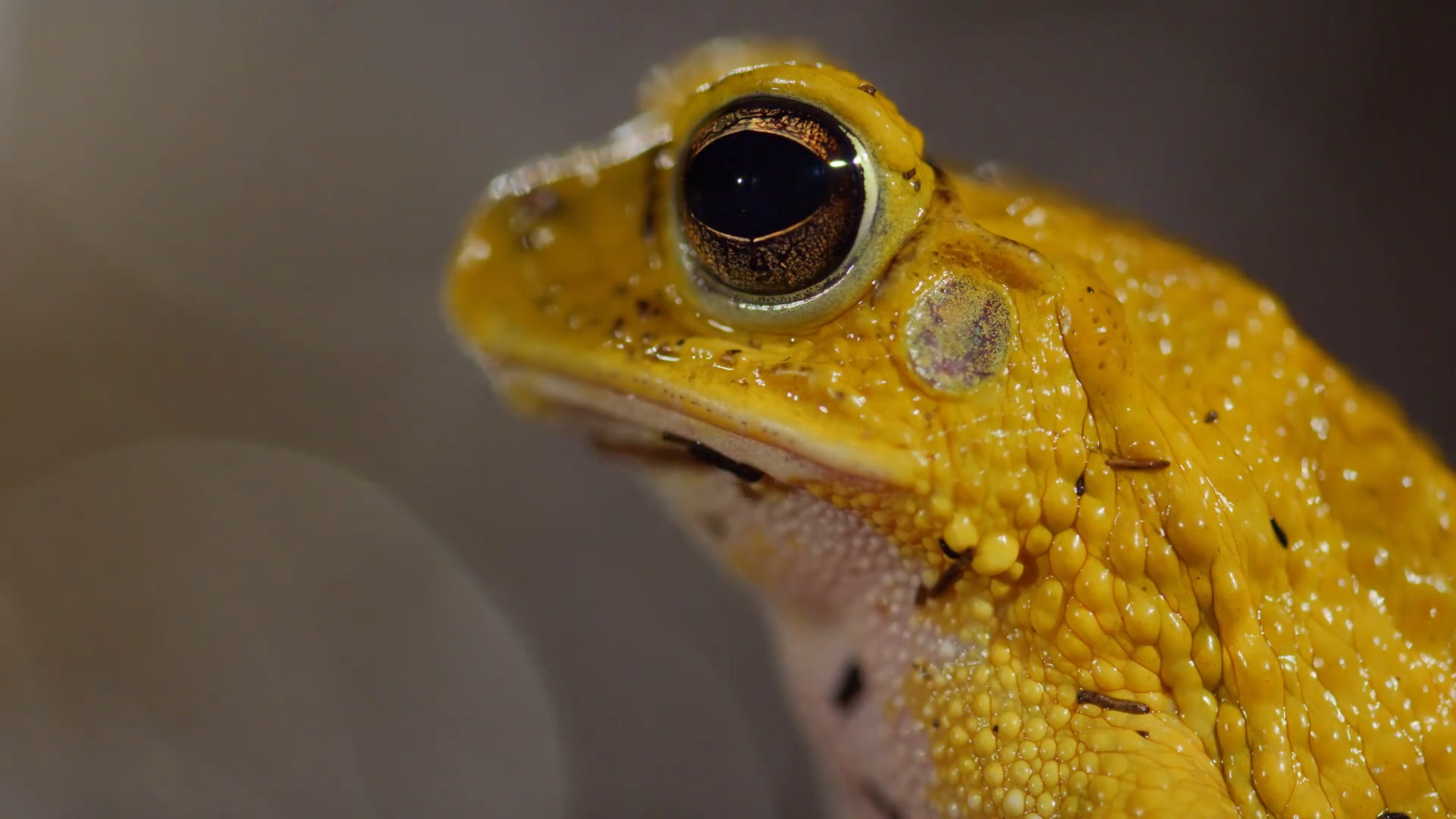
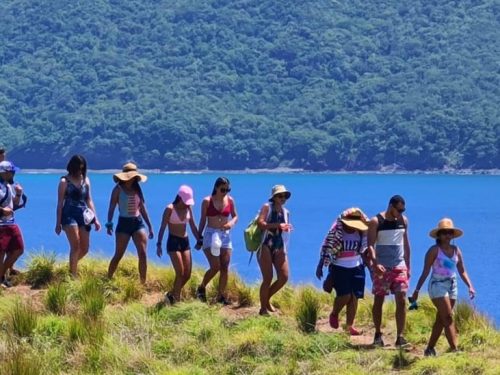
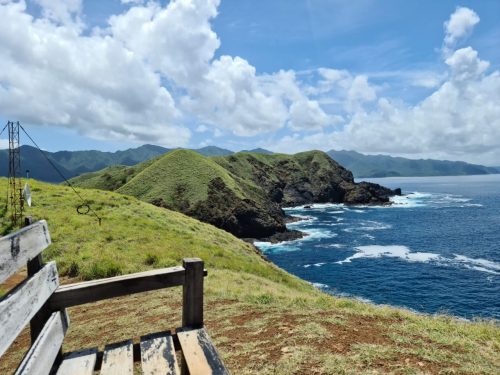
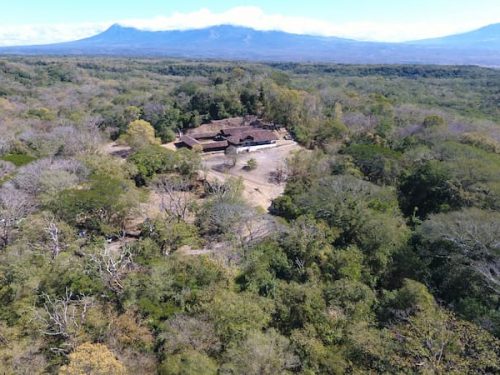

Comments